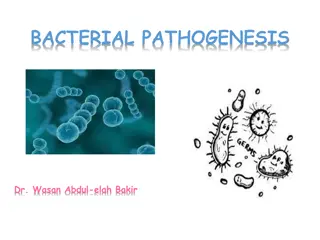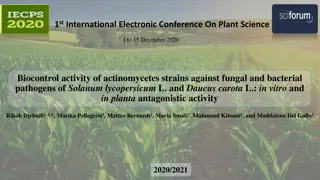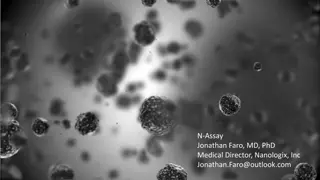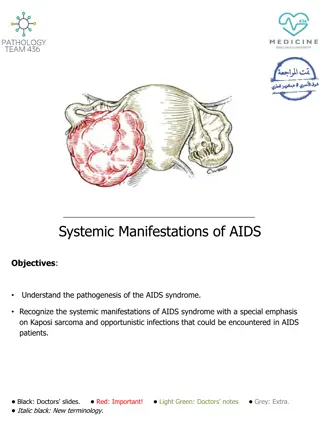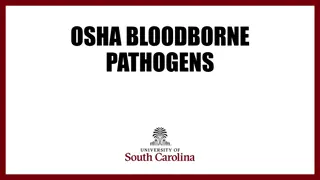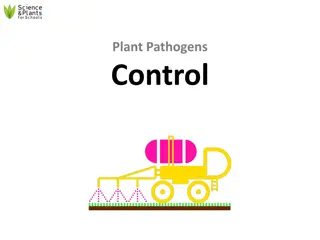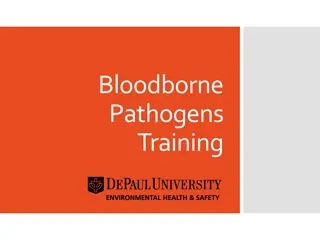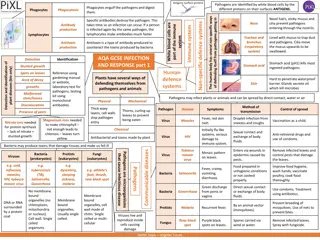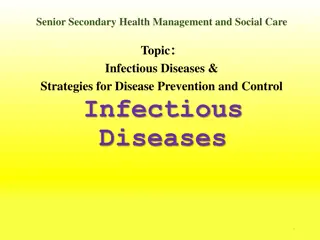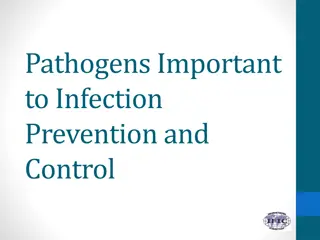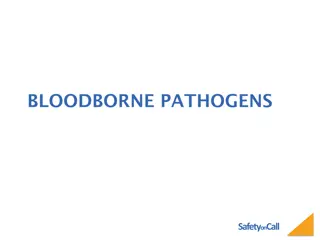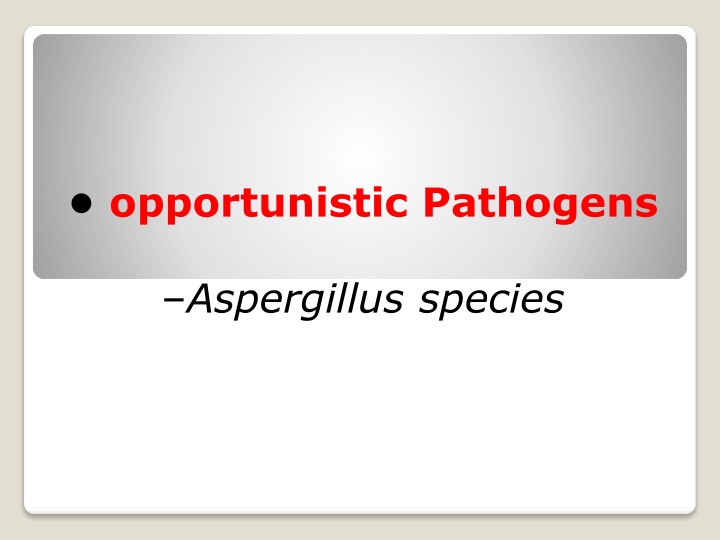
Understanding Aspergillosis: Types, Symptoms, and Risks
Aspergillosis is an infection caused by Aspergillus mold that can affect people with weakened immune systems or lung diseases. Learn about different types of aspergillosis, including symptoms, risks, and possible complications. Stay informed to protect your health.
Uploaded on | 0 Views
Download Presentation

Please find below an Image/Link to download the presentation.
The content on the website is provided AS IS for your information and personal use only. It may not be sold, licensed, or shared on other websites without obtaining consent from the author. If you encounter any issues during the download, it is possible that the publisher has removed the file from their server.
You are allowed to download the files provided on this website for personal or commercial use, subject to the condition that they are used lawfully. All files are the property of their respective owners.
The content on the website is provided AS IS for your information and personal use only. It may not be sold, licensed, or shared on other websites without obtaining consent from the author.
E N D
Presentation Transcript
opportunistic Pathogens Aspergillus species
Aspergillosis is an infection caused by Aspergillus, a common mold that lives indoors and outdoors. Most people breathe in Aspergillus spores every day without getting sick. However, people with weakened immune systems or lung diseases are at a higher risk of developing health problems due to Aspergillus. The types of health problems caused by Aspergillus include allergic reactions, lung infections, and infections in other organs.
Causative agents: Aspergillus flavus, Aspergillus fumigatus, Aspergillus nidulans, Aspergillus niger, Aspergillus terreus
There are different types of aspergillosis. Some types are mild, but some of them are very serious Types of aspergillosis Allergic bronchopulmonary aspergillosis (ABPA): Aspergillus causes inflammation in the lungs and allergy symptoms such as coughing and wheezing, but doesn t cause an infection Allergic Aspergillus sinusitis: Aspergillus causes inflammation in the sinuses Aspergilloma: also called a fungus ball. , it is a ball of Aspergillus that grows in the lungs or sinuses, but usually does not spread to other parts of the body.
Chronic pulmonary aspergillosis: Aspergillus cause cavities in the lungs. Invasive aspergillosis: a serious infection that usually affects people who have weakened immune system. Invasive aspergillosis most commonly affects the lungs, but it can also spread to other parts of the body. Cutaneous (skin) aspergillosis: Aspergillus enters the body through a break in the skin (for example, after surgery or a burn wound) and causes infection, usually in people who have weakened immune systems.
The different types of aspergillosis affect different groups of people Allergic bronchopulmonary aspergillosis (ABPA) most often occurs in people who have cystic fibrosis or asthma. Aspergillomas usually affect people who have other lung diseases like tuberculosis. Chronic pulmonary aspergillosis typically occurs in people who have other lung diseases, including tuberculosis, chronic obstructive pulmonary disease (COPD). Invasive aspergillosis affects people who have weakened immune systems, such as people who have had a stem cell transplant or organ transplant, are getting chemotherapy for cancer, or are taking high doses of corticosteroids.
Laboratory diagnosis: 1 Wet mounts (unstained) 2 Stained preparations 1. Direct Microscopy: (a) Sputum, make wet mounts in either 10% KOH & Parker ink or Calcofluor and/or Gram stained smears; (b) Tissue sections should be stained with H&E, GMS and PAS digest
The presence of hyaline, branching septate hyphae, consistent with Aspergillus in any specimen, from a patient with supporting clinical symptoms should be considered significant. 2. Culture: Clinical specimens should be inoculated onto primary isolation media, like Sabouraud's dextrose agar. Colonies are fast growing and may be white, yellow, yellow-brown, brown to black or green
Treatment for Aspergillosis Allergic forms of aspergillosis For allergic forms of aspergillosis such as allergic bronchopulmonary aspergillosis (ABPA) or allergic Aspergillus sinusitis, the recommended treatment is itraconazole, a prescription antifungal medication. Corticosteroids may also be helpful. Invasive aspergillosis Invasive aspergillosis needs to be treated with prescription antifungal medication, usually voriconazole.. People who have severe cases of aspergillosis may need surgery

